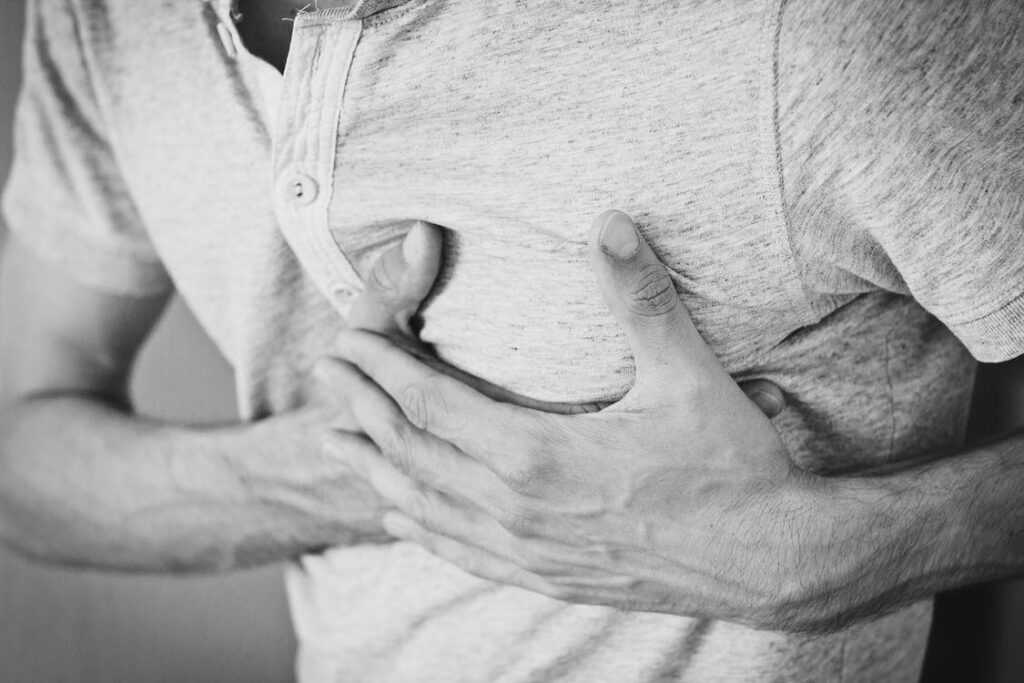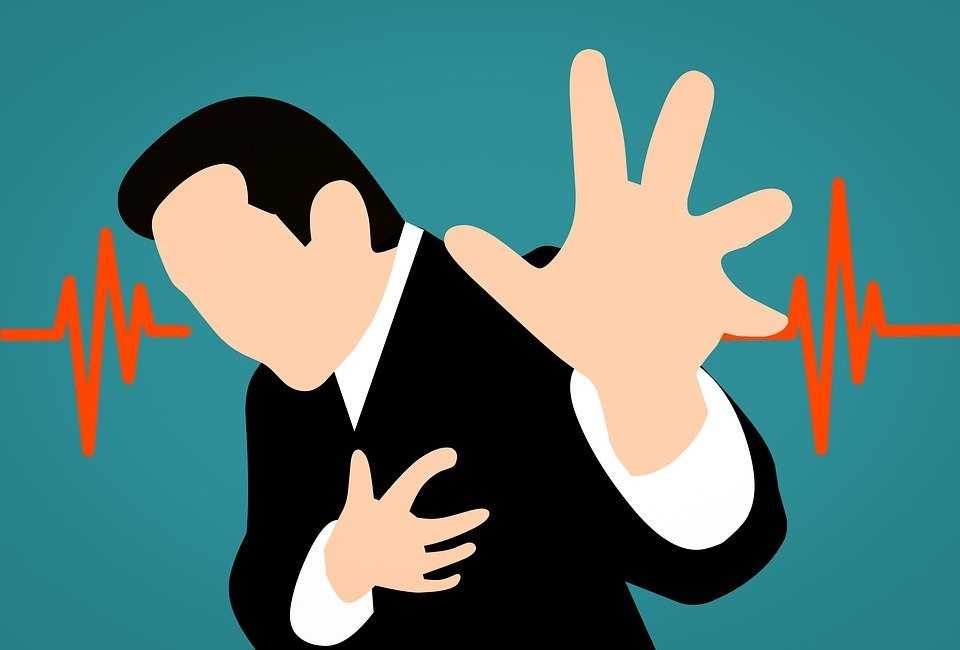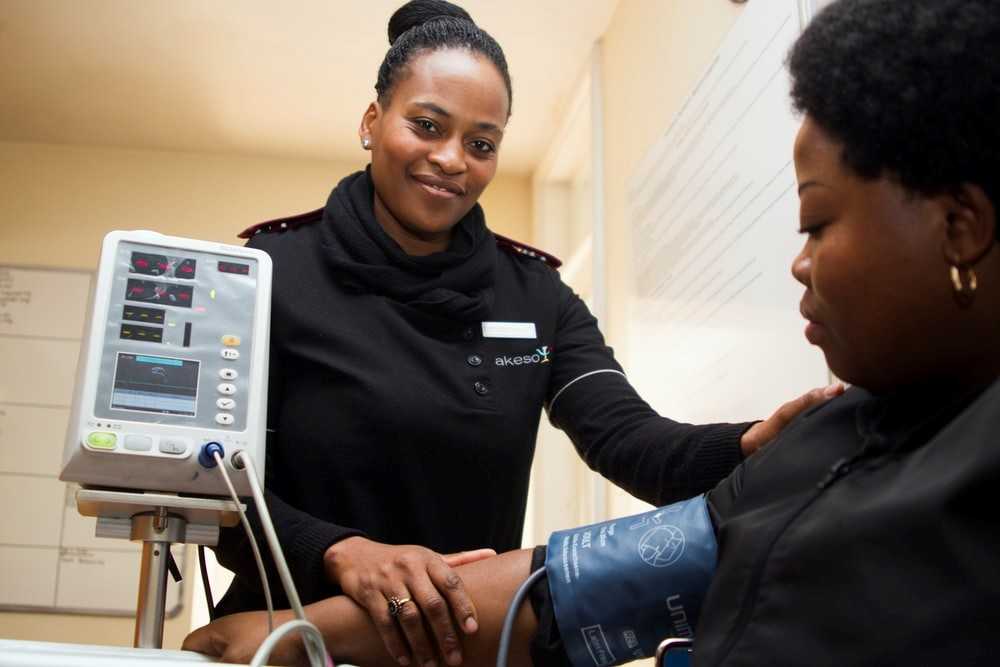At around 1130 AM, BCCI President and former Indian Cricket captain Sourav Ganguly, blacked out while working out in the gym at his residence in Kolkata. The 48-yr old was immediately rushed to the Woodlands Hospital in South Kolkata. He (Ganguly) was said to be unwell since Friday night. However, he decided to continue his morning routine on Saturday and suddenly felt dizzy.

He was diagnosed with three blocked coronary arteries after which a stent was inserted in one to remove the blockage. He suffered myocardial infarction (MI).
According to the hospital, Ganguly has a family history of Ischemic Heart Disease, a condition of recurring chest pain or discomfort that occurs when a part of the heart does not receive enough blood.
This news sent shock down the country, mainly because of the question that, how come a former sportsman who takes care of his fitness and maintains a healthy lifestyle, get a heart attack?
Before that, choreographer and filmmaker Remo D’Souza suffered from a massive heart attack. He again suffered the attack while working out in the gym.
World renowned personal trainer Bob Harper, marathoner and triathlete David Cunningham, and many others have suffered heart attacks. Similar cases of heart attacks have been on a rise in young individuals, in their 30s and 40s.
The simple question is, WHY? Why do people, despite of all good lifestyle habits, suffer from a heart attack? Before we understand the answer, let’s know a bit about Cardiovascular Diseases.
A BIT ABOUT CVDs (CARDIOVASCULAR DISEASES)
CVD (Cardiovascular Disease) is not a single disease, but a cluster of diseases and injuries that affect the cardiovascular system (the heart and blood vessels). These are most commonly diseases of the heart and of the blood vessels of the heart and brain.

Cardiovascular diseases (CVD) are a big health and economic burden not just for the individual or family, but for the entire nation. CVDs have become the leading cause of deaths in society today.
Cardiovascular diseases (CVDs) constitute the leading cause of global mortality and are a major contributor to reduced quality of life. In 2017, CVD caused an estimated 17.8 million deaths worldwide, corresponding to 330 million years of life lost and another 35.6 million years lived with disability.
India is going through an epidemiologic transition whereby the burden of communicable diseases have declined slowly, but that of non-communicable diseases (NCD) has risen rapidly, thus leading to a dual burden. There has been a 4-fold rise of CHD prevalence in India during the past 40 years.
There are different types of CVDs:
- CVDs due to Atherosclerosis:
- Ischaemic heart disease or coronary artery disease (e.g. heart attack)
- Cerebrovascular disease (e.g. stroke)
- Diseases of the aorta and arteries, including hypertension and peripheral vascular disease.
2. Other CVDs
- Congenital heart disease
- Rheumatic heart disease
- Cardiomyopathies
- Cardiac arrhythmias.
When we talk about atherosclerosis, it is the buildup of plaque (fatty deposits) in the arteries. These deposits are made up of cholesterol, fatty substances, cellular waste products, calcium and fibrin (a clotting material in the blood). As plaque builds up, the wall of the blood vessel thickens. This narrows the channel within the artery – reducing blood flow. That lessens the amount of oxygen and other nutrients reaching the body.
The process of plaque build-up typically begins early in life, although it normally becomes more noticeable in one’s 50’s, 60’s, or 70’s. As time passes, aided by various accelerating factors, these fatty deposits increase in size and — in the worst case scenario — inflame and rupture, prompting blood to clot around the site.
When the blood flow to the heart is cut off, due to a thrombus on a ruptured atherosclerotic plaque, the decrease in the supply of oxygen and nutrients can damage the heart muscle, resulting in a heart attack. When the blood flow is decreased due to a blockage, it causes chest pain (angina) due to ischaemia.
Damage increases the longer an artery stays blocked. In some cases, the heart muscle may even die. Once that muscle dies, the result is permanent heart damage. The amount of damage to the heart muscle depends on the size of the area supplied by the blocked artery and the time between injury and treatment. The blocked artery should be opened as soon as possible to reduce heart damage.

As the plaque develops it may partially or totally block blood flow through large- or medium-sized arteries in the heart, brain, pelvis, legs, arms or kidneys. This can lead to conditions such as:
- Coronary heart disease (plaque in arteries in or leading to the heart)
- Angina (chest pain from reduced blood flow to the heart muscle)
- Carotid artery disease (plaque in neck arteries supplying blood to the brain)
- Peripheral artery disease, or PAD (plaque in arteries of the extremities, especially the legs)
- Chronic kidney disease
If the blocked artery supplies the heart or brain, a heart attack or stroke occurs. If an artery supplying oxygen to the extremities (often the legs) is blocked, gangrene, or tissue death, can result.
Atherosclerosis is a slow, lifelong progression of changes in the blood vessels that may start in childhood and get worse faster as you age. The cause of atherosclerosis isn’t completely known. Many scientists believe plaque begins when an artery’s inner lining (called the endothelium) becomes damaged.
When we talk about Coronary Heart/Artery Disease, which can lead to heart attacks, there are certain risk factors which have been identified as the reason behind it. These risk factors have been divided into 3 categories by the American Heart Association:
- Major risk factors – these factors significantly increase the risk of heart and blood vessel (cardiovascular) disease.
- Modifiable risk factors – Some major risk factors can be modified, treated or controlled through medications or lifestyle change.
- Contributing risk factors – These factors are associated with increased risk of cardiovascular disease, but their significance and prevalence haven’t yet been determined
When we talk about the Major Risk Factors, these generally include those factors, which are genetic or hereditary and you are born with these factors. The more of these risk factors you have, the greater your chance of developing coronary heart disease. Since you can’t do anything about these risk factors, it’s even more important that you manage your risk factors that can be changed.
Here are certain points to remember when it comes to the Major Risk Factors, as stated by the AHA:
- The majority of people who die of coronary heart disease are 65 or older. While heart attacks can strike people of both sexes in old age, women are at greater risk of dying (within a few weeks).
- Men have a greater risk of heart attack than women do, and men have attacks earlier in life. Even after women reach the age of menopause, when women’s death rate from heart disease increases, women’s risk for heart attack is less than that for men.
- Children of parents with heart disease are more likely to develop heart disease themselves. Most people with a significant family history of heart disease have one or more other risk factors.

Just as you can’t control your age, sex and race, you can’t control your family history. That’s why our focus should be control the other factors which come under the Modifiable Risk Factors.
Here are 6 major Modifiable Risk Factors which you can control. As these factors increase, so do the risk of developing Coronary Heart/Artery Disease:
- Tobacco Smoking
- High Blood Cholesterol levels
- High Blood Pressure
- Physical Inactivity
- Obesity
- Diabetes
- High CRP levels, increased fibrinogen (increased inflammation)
Then there are other factors which come under the Contributing Risk Factors, that may add on to the risk of developing cardiovascular diseases:
- Increased Stress, anxiety, depression, anger
- Alcohol Abuse
- Unhealthy diet
- Obstructive Sleep Apnoea
The burden of CHD in India can be explained by the alarming rise in the prevalence of coronary risk factors like diabetes, hypertension, atherogenic dyslipidaemia, smoking, central obesity and physical inactivity. Rapid urbanization and change in lifestyle that occurred during the past two decades have led to the growing burden of coronary risk factors in India.
WHY ARE FIT & HEALTHY PEOPLE GETTING HEART ATTACKS?
The question still remains. Why are people who are having a fit and healthy lifestyle, suffering from heart attacks? And why is the number rising?
Research found that there is an increasing proportion of heart attack patients without any standard risk factors, such as high cholesterol. Over 30% people who have heart attacks have none of the lifestyle risk factors like smoking, obesity or high cholesterol.

There are many relatively unknown reasons coming out and this is opening up space for new research on the occurrence of heart attacks and other CVDs.
For e.g. heart disease is now being linked to the immune system. People with autoimmune disorders like Lupus, or chronic infections such as chronic gingivitis, are said to be at a high risk of heart disease. In fact, doctors have seen that in many cases, the build-up plaque was not made of cholesterol, but white blood cells.
Family history of heart diseases, has a vital role to play in heart attacks and stroke. Many fit and healthy people, who suffered from heart attacks, were reported to have a family history of heart disease, which included Sourav Ganguly and Bob Harper.
Then there are many other lesser known reasons like, respiratory tract infection, kidney diseases, unsupervised intake of calcium supplements, skin diseases like psoriasis etc.
Acc. to Dr. Ashok Seth, Head of Cardiology, Fortis Escorts Hospital, New Delhi; “The problem of non-detection of heart-related ailments is a very serious issue… One in four people, even when they have 70% and more blockages, don’t show any symptoms, or report only certain vague ones like fatigue.”
He says everyone above the age of 35 should undergo an annual cardiac check-up as Indians are genetically predisposed to develop coronary artery disease early in their lives.
Then there are many other reasons for having a cardiac arrest, which would be beyond the scope of our discussion and would involve deep medical expertise.
Therefore, what is in our hands to understand and control the risk factors we can, and undergo annual check-ups to ensure that there is no undiagnosed development of any heart issue.



